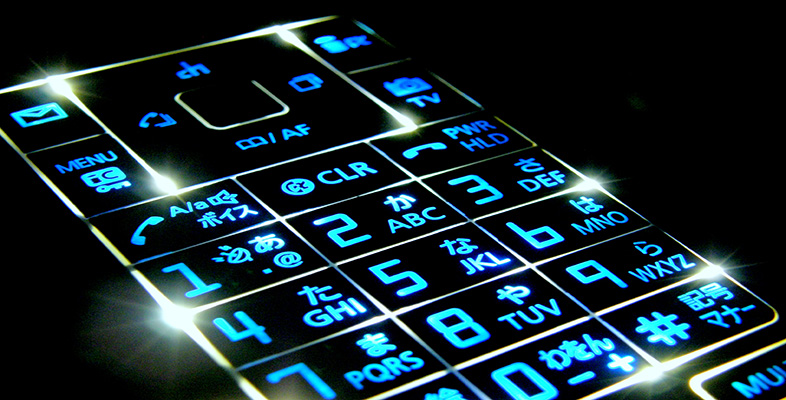4.5 Fibre in LANs
Fibre has been slower to be exploited in LANs than in the core transmission network, for similar reasons to the delay in the use of fibre in the access network, but as the data rate demanded of LANs has increased, the case for using fibre has strengthened.
Although Ethernet specifications (IEEE 802.3 series) have contained standards for the use of fibre backbones for some time, it was with the development of Gigabit Ethernet and 10 Gigabit Ethernet (10 GbE) standards that fibre became the main transmission medium. This section very briefly summarises the use of fibre in these two standards.
In this context 1300 nm is ‘long’ – because it is longer than 800 nm. In other contexts ‘long’ means wavelengths in the 1550 nm window in contrast to the ‘short’ 1300 nm window. And you have already met references to S-band, C-band and L-band, where ‘long’ means 1565–1625 nm and ‘short’ means 1460–1530 nm. It just goes to show that you have to be very careful with terms like long and short.
